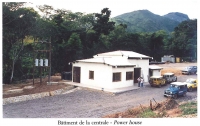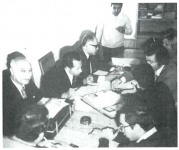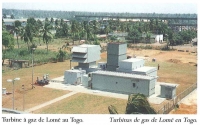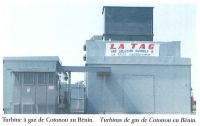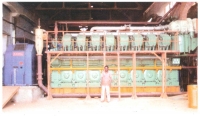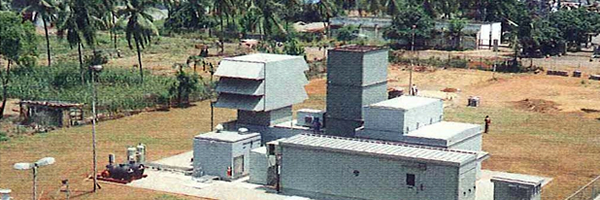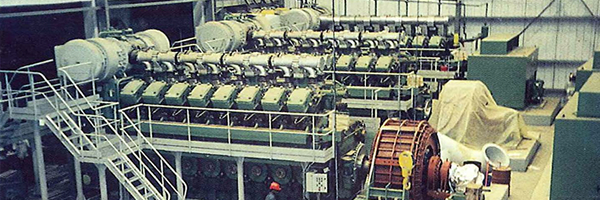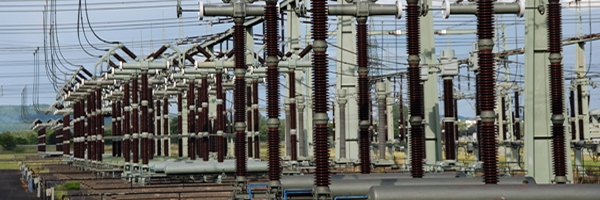|
Water is used for generating electricity running a turbine generator true a penstock. We have different type of turbine depending of the head, Pelton turbine for high head, Francis turbine for middle head and Kaplan turbine for low head. Hydroelectric is a renewable energy. Hydroelectric has no emission and can obtain carbon credit.
So just how do we get electricity from water? Actually, hydroelectric and coal-fired power plants produce electricity in a similar way.
In both cases a power source is used to turn a propeller-like piece called a turbine, which then turns a metal shaft
in an electric generator, which is the motor that produces electricity.
A coal-fired power plant uses steam to turn the turbine blades; whereas
a hydroelectric plant uses falling water to turn the turbine. The
results are the same.
The theory is to build a dam on a large river that has a large drop
in elevation. The dam stores lots of water behind it in the reservoir.
Near the bottom of the dam wall there is the water intake. Gravity
causes it to fall through the penstock inside the dam. At the end of
the penstock there is a turbine propeller, which is turned by the
moving water. The shaft from the turbine goes up into the generator,
which produces the power. Power lines are connected to the generator
that carry electricity to your home and mine. The water continues past
the propeller through the tailrace into the river past the dam. By the
way, it is not a good idea to be playing in the water right below a dam
when water is released!
"A hydraulic turbine converts the energy of flowing water into
mechanical energy. A hydroelectric generator converts this mechanical
energy into electricity. The operation of a generator is based on the
principles discovered by Faraday. He found that when a magnet is moved
past a conductor, it causes electricity to flow. In a large generator,
electromagnets are made by circulating direct current through loops of
wire wound around stacks of magnetic steel laminations. These are
called field poles, and are mounted on the perimeter of the rotor. The
rotor is attached to the turbine shaft, and rotates at a fixed speed.
When the rotor turns, it causes the field poles (the electromagnets) to
move past the conductors mounted in the stator. This, in turn, causes
electricity to flow and a voltage to develop at the generator output
terminals."
|

